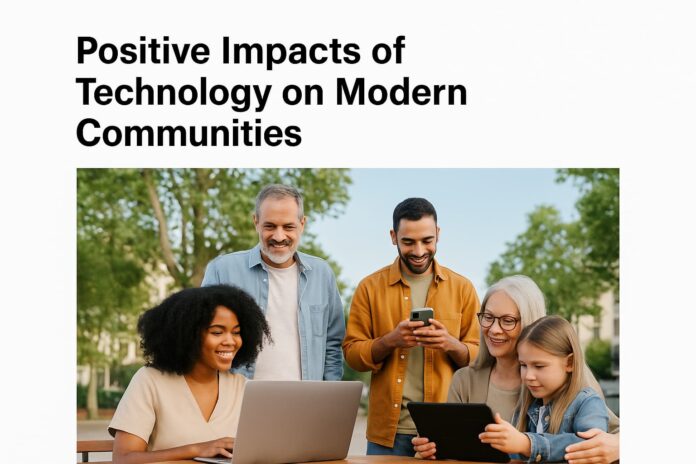In a world where our smartphones, smart homes, and connected cities once seemed futuristic, the power of technology to uplift and transform entire communities has quietly become a reality. From remote villages gaining access to quality healthcare, to grassroots social movements organised through a mobile app, the digital age is reshaping how we live together, collaborate, and thrive. In this post, we explore ten positive ways technology is strengthening modern communities — and why this matters now more than ever.
Introduction:
In the twenty-first century, technology has become the invisible force shaping how modern communities live, connect, and evolve. From digital classrooms in rural towns to telemedicine clinics in urban slums, innovation is bridging gaps that once divided societies. Connectivity, once a privilege, is now a vital public utility, empowering individuals to access information, education, healthcare, and opportunities beyond their immediate surroundings. The world’s most vibrant communities today are not defined by geography but by their ability to harness technology to collaborate, learn, and grow together.
Yet beyond gadgets and data, technology’s most significant contribution lies in its ability to strengthen human bonds. It enables neighbours to organise, workers to upskill, patients to receive care, and citizens to participate more actively in governance. From sustainability projects to inclusive design, each digital advancement carries the potential to make societies more resilient, equitable, and united. This article explores ten powerful ways technology is positively transforming modern communities — driving progress, connection, and hope across the globe.
1. Enhanced Communication & Connectivity

Why it matters
Communication and connectivity form the bedrock of community cohesion. Technology removes physical distance, empowers real-time interaction, and enables resource sharing. According to the United Nations, digital technologies have the potential to “empower individuals, improve human welfare, and promote universal rights”.
Key benefits
- Real-time video-calls and messaging help families stay connected even across continents.
- Community-wide broadband or WiFi enables shared access to digital services (education, health, commerce).
- Social networks and online platforms allow local neighbourhood groups to organise events, support systems and resources.
- Public-WiFi hubs give access to individuals who might not have home connectivity, reducing the digital divide.
- Connectivity supports the development of “smart neighbourhoods” where devices, sensors and sharing apps create more responsive services.
Example in practice
In many rural communities, mobile networks leapfrogged wired infrastructure, giving people access to banking, information, and connectivity where traditional infrastructure lagged.
Why is this positive
By making communication easier and more equitable, technology strengthens social bonds, increases participation, and opens up opportunities for those previously isolated.
2. Improved Access to Education

The transformation
Access to quality education is a key driver of community development. Technology opens doors for lifelong learning, remote schooling and educational resources that transcend geography. As one source notes, technology has “helped societies raise productivity, inclusivity of services and improve overall well-being”.
Key benefits
- E-learning platforms enable students in remote areas to access lessons from expert teachers.
- Digital libraries and open educational resources make knowledge more affordable and scalable.
- Adaptive learning tools personalise education to each student’s pace and style.
- Community training centres equipped with computers help adults gain digital skills, boosting employability.
- Schools using virtual classrooms remain operational during disruptions (weather, health crises, etc.).
Example in practice
During the COVID-19 pandemic, many community schools shifted to online instruction, enabling learning to continue despite lockdowns and closures.
Why is this positive
By broadening access to education, technology enhances individual potential, reduces inequality, and equips communities with a more skilled citizenry ready for the demands of a digital economy.
3. Better Healthcare & Well-Being

Technology meets healthcare
Modern communities benefit enormously when technology supports healthcare delivery, monitoring and prevention. As one commentary states: “Improved communication … medical research … telemedicine” are key positives.
Key benefits
- Tele-medicine connects patients in remote areas to specialist doctors and diagnostics.
- Health-monitoring wearables and apps enable early detection of conditions and better self-care.
- Electronic health records improve continuity of care and reduce errors.
- Mobile health units equipped with digital tech bring services to underserved communities.
- Data analytics support public-health planning and community disease-prevention programs.
Example in practice
In some developing regions, mobile health apps have enabled community health workers to register patients, monitor vital signs, and transmit data to central systems, thereby improving health outcomes.
Why is this positive
Technology in healthcare reduces barriers to access, improves outcomes, supports preventive care, and empowers individuals — all of which contribute to stronger, healthier communities.
4. Economic Empowerment & Opportunity

Opening new doors
Technology has reshaped the economic landscape of communities, offering new pathways for income, productivity and entrepreneurship. As one article notes: “Technology has also spurred economic growth, creating new industries and job opportunities.”
Key benefits
- Mobile payment platforms allow small enterprises and informal traders to transact digitally.
- E-commerce marketplaces give artisans and local producers access to wider markets.
- Remote-work platforms enable talent in smaller towns or rural areas to engage in global jobs.
- Automation and digital tools boost productivity in community-based businesses.
- Digital-skills training programmes empower residents to move into emerging tech roles.
Example in practice
A local crafts community leverages an online marketplace to sell artisan goods internationally, expanding income and visibility.
Why is this positive
When community members gain access to economic opportunity via technology, the benefits are far-reaching: increased income, reduced migration pressure, improved local infrastructure, and enhanced dignity for participants.
5. Enhanced Community Safety & Resilience
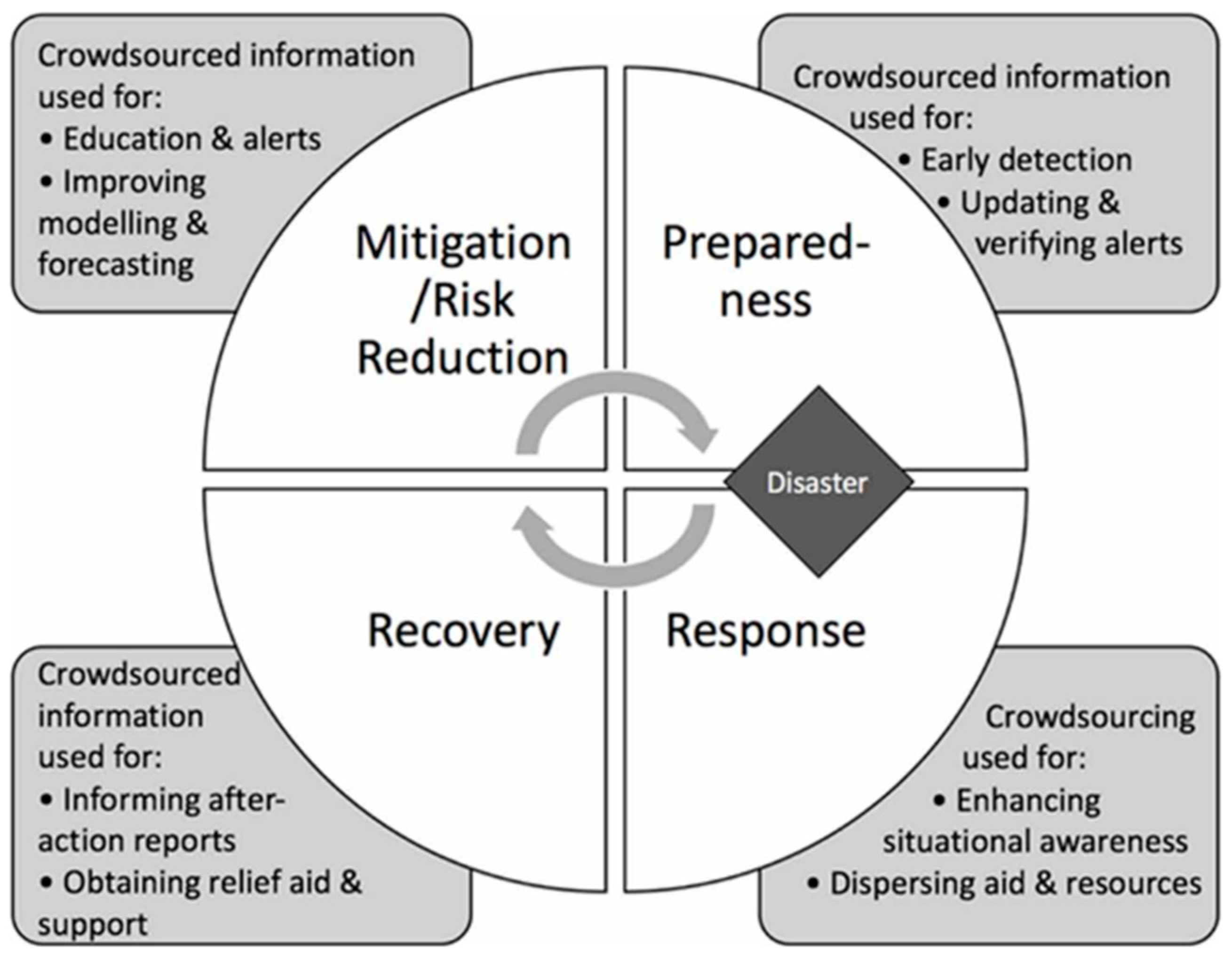
Resilience in the digital age
Communities face diverse risks – natural disasters, health emergencies, public-safety challenges. Technology strengthens resilience and preparedness. Research on intelligent infrastructure discusses the use of “embedded sensors, IoT, real-time data capture” to enhance public safety.
Key benefits
- Early-warning systems and real-time alerts via mobile apps help communities respond swiftly to disasters.
- IoT sensors monitor infrastructure (bridges, buildings, utilities) and detect faults before they escalate.
- Community safety platforms allow residents to report hazards, coordinate neighbourhood watches and share local intelligence.
- Data-driven decision-making helps municipal authorities allocate resources more effectively in crises.
- Smart evacuation and logistics systems support efficient responses when disaster strikes.
Example in practice
A coastal community uses a network of sensors and mobile alerts to monitor rising sea levels and inform residents proactively, reducing the risk of harm.
Why is this positive
By embedding technology in safety and resilience systems, communities gain protection, adapt better to change, and preserve lives, property, and social fabric.
6. Civic Engagement & Participatory Governance

Democracy meets technology
Community strength depends on active citizen participation. Technology opens the doors to more transparent, inclusive, and dynamic governance. As one analysis states, the rise of digital platforms enables better “communication, collaboration, and the sharing of information, enabling grassroots movements”.
Key benefits
- E-governance portals let citizens submit feedback, track service requests and attend virtual meetings.
- Mobile apps invite residents to co-create community plans, vote on projects or monitor budgets.
- Social media channels provide platforms for local organising, dialogue and civic awareness.
- Digital tools make information about public services, local government and resources more accessible.
- Participation technologies reduce barriers for historically underrepresented voices, enhancing inclusivity.
Example in practice
A municipality creates a mobile platform where residents can map potholes or broken street-lights, upload photos, and track repair progress — fostering transparency and responsiveness.
Why is this positive
When technology amplifies civic engagement, communities become more accountable, inclusive, and empowered — shifting from passive recipients of services to active participants in their own future.
7. Social Inclusion & Equity
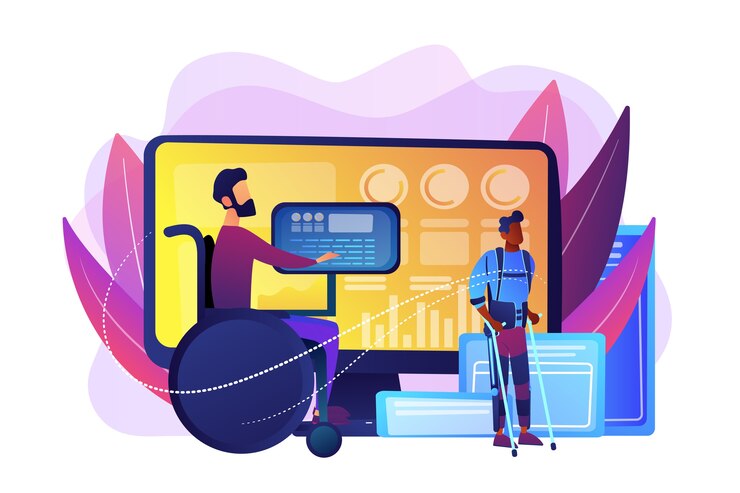
Bridging the gaps
Inclusive communities are stronger communities. Technology can reduce social divides by providing access, representation and tools to marginalised groups. For example, assistive technology supports people with disabilities to participate more fully.
Key benefits
- Broadband initiatives in underserved regions ensure digital access for all citizens.
- Assistive-tech devices empower individuals with disabilities, increasing independence and employment potential.
- Digital mentoring and training support women and minority entrepreneurs in tech fields.
- Community platforms enable peer support, mental health resources, and social networks for isolated groups.
- Translation and accessibility tools (closed-captioning, speech to text) open up digital spaces for diverse linguistic or sensory communities.
Example in practice
A local library or community centre offers digital literacy workshops for older adults and immigrants, giving them skills to navigate online banking, social services, and healthcare.
Why is this positive
Technology, when applied inclusively, helps ensure that no one is left behind — enhancing equity, social cohesion, and the promise of equal opportunity in modern communities.
8. Environmental Sustainability & Smart Living
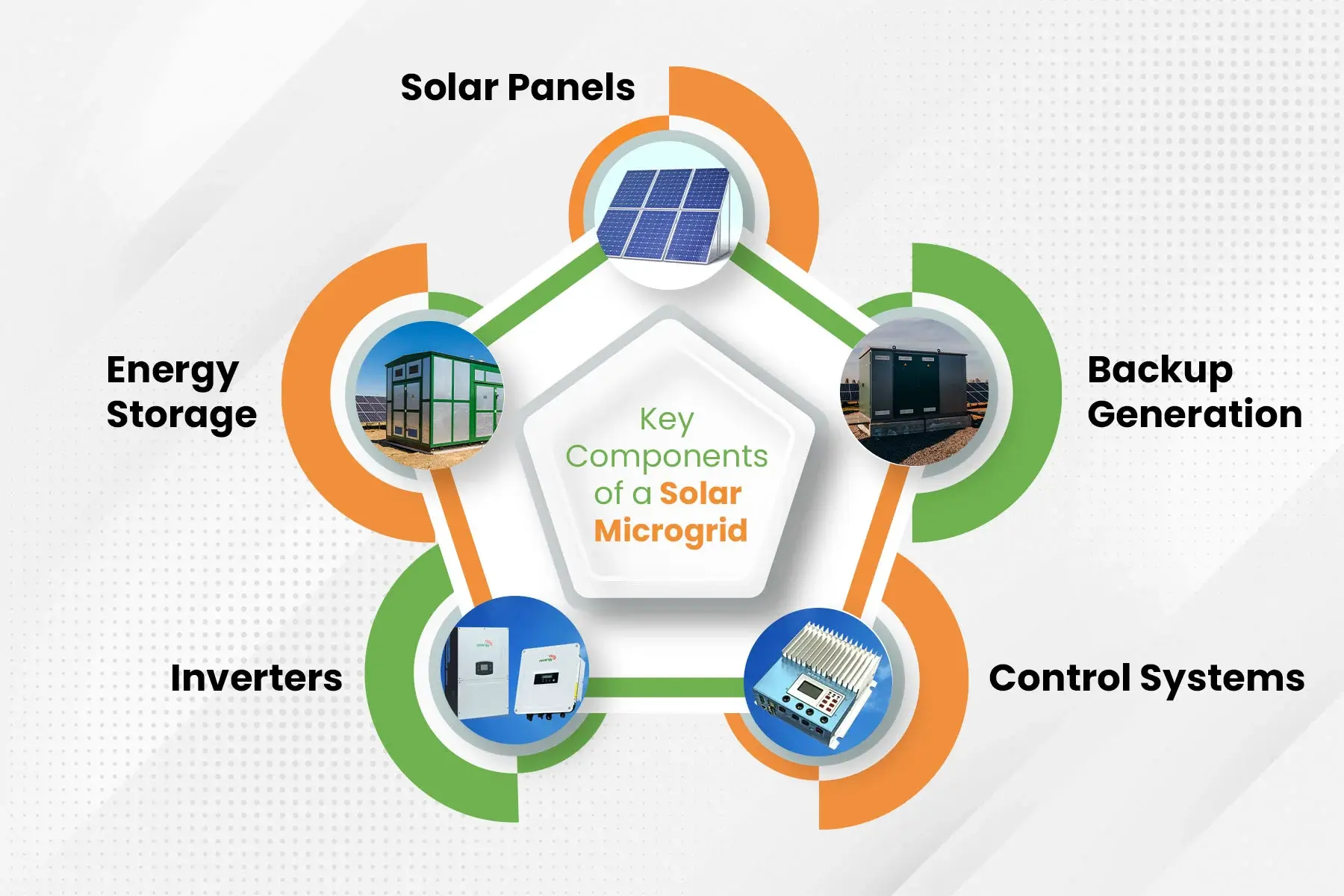
Greening communities with tech
Sustainability is critical for future-facing communities. Technology enables smarter resource management, cleaner energy, and efficient infrastructure. The “smart city” model illustrates the integration of ICT and IoT to improve the quality of life and reduce consumption.
Key benefits
- Smart meters and energy-management systems help households and communities reduce waste and costs.
- Community microgrids powered by renewable energy enable local autonomy and resilience.
- Smart waste-collection systems optimise routing, reduce emissions and improve cleanliness.
- Sensor-based water-management systems detect leaks swiftly and conserve precious resources.
- Apps and platforms raise environmental awareness, support community action (tree planting, recycling drives, citizen science).
Example in practice
An urban neighbourhood installs a micro-grid with rooftop solar panels and battery storage, enabling residents to share energy and reduce reliance on the main grid.
Why is this positive
By deploying technology in the service of environmental goals, communities become more sustainable, cost-efficient and prepared for future ecological challenges.
9. Cultural Preservation & Community Identity

Roots meet innovation
Modern communities are increasingly diverse and dynamic. Technology helps preserve heritage, share culture and strengthen identity in a globalised world. Technology has been noted to help “shape the physical world and the world of knowledge” across human society.
Key benefits
- Digital archives record local histories, languages and traditions for future generations.
- Virtual tours and augmented reality bring cultural heritage to life and expand access.
- Community storytelling platforms enable residents to share narratives, build solidarity and celebrate identity.
- Social media and online communities allow diasporic members to remain connected to their home communities.
- Cultural-tech projects engage youth in heritage via interactive tools, ensuring continuity.
Example in practice
A local museum partners with tech students to create an AR (augmented-reality) “heritage trail” of the neighbourhood, accessible via smartphones, linking past and present.
Why this is positive
Technology ensures that culture isn’t left behind in the digital age — it enhances community identity, enables inter-generational connection and supports a richer sense of belonging.
10. Remote & Virtual Community Formation
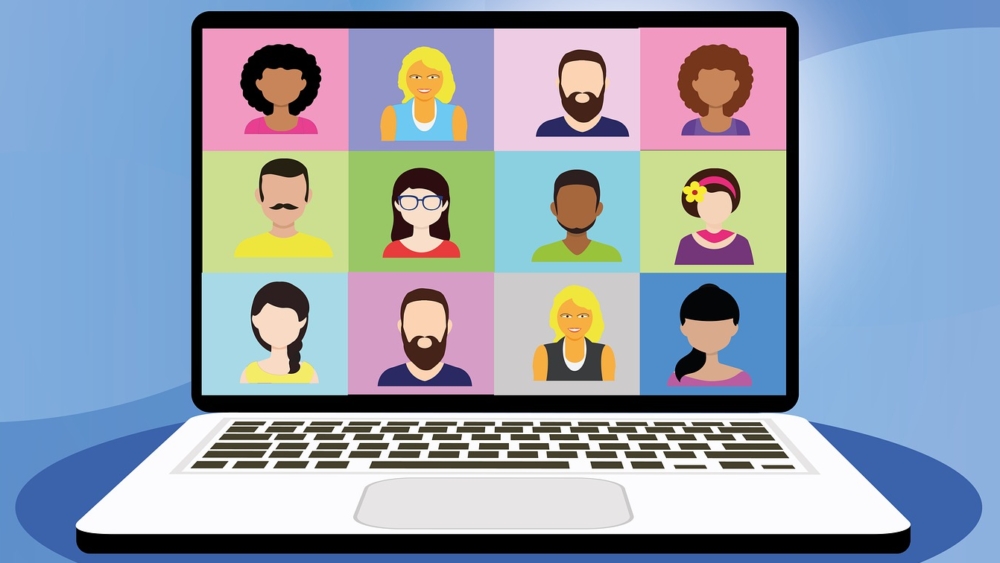
The new frontier
Community is no longer constrained by geography alone. Technology enables remote and virtual communities, expanding participation and redefining what “neighbourhood” means. One study shows that internet use “increases the ability to think creatively and reflect on social relationships; social media facilitates social connection”. PMC
Key benefits
- Online support groups offer connection for people with shared interests or needs (health, hobbies, remote work).
- Virtual coworking hubs enable freelancers, remote workers and entrepreneurs in different locations to build community and collaboration.
- Digital neighbourhood apps let dispersed populations interact, share resources and coordinate efforts (e.g., time banks, skill-shares).
- Gaming communities, maker-spaces and e-forums foster social bonds and collective creativity across borders.
- Virtual events, from local council meetings to cultural festivals, bring together users who cannot attend physically.
Example in practice
A rural artisan network uses a digital platform to collaborate on designs, share resources and coordinate marketing — despite being dispersed across several villages.
Why this is positive
Technology dissolves isolation, enables new forms of community, gives voice to dispersed groups and magnifies the social potential of connectivity in the 21st century.
Summary Insight
Together, these ten positive impacts demonstrate how technology — when aligned with human purpose, community needs and inclusive access — can be transformative. Modern communities that embrace connectivity, education, health innovation, economic empowerment, safety systems, civic participation, inclusion, environmental sustainability, cultural vibrancy and virtual extension are stronger, more resilient and more equitable. For content creators, community leaders and policy makers, recognising and highlighting these impacts is not just informative — it’s inspiring. It sets a narrative of possibility, showing that technology is not just about gadgets or disruption, but about people, societies and shared futures.
FAQs
What are the most important benefits of technology for communities?
The most important benefits include improved connectivity, access to education and healthcare, economic opportunity, inclusive participation and more innovative resource management. These contribute directly to the quality of life, resilience, and empowerment within communities. In effect, technology helps level the playing field by removing barriers of geography, infrastructure and access.
How does technology help rural or remote communities?
Technology helps rural and remote communities by offering digital access platforms (internet, mobile networks) where infrastructure is weak, enabling remote education, tele-medicine, mobile banking and connectivity to broader markets. This leap-frogs traditional infrastructure constraints and supports community development even in isolated areas.
Can technology widen the gap between communities instead of closing it?
While technology has great potential, if access, training and affordability are uneven, it can indeed widen the gap between those who benefit and those left behind. Addressing the “digital divide” — access to devices, networks, digital literacy — is essential so that technology empowers rather than excludes.
What role does technology play in environmental sustainability for communities?
Technology plays a vital role in sustainability by enabling efficient energy use (smart meters), renewable generation (micro-grids), waste-management systems, water-monitoring sensors and apps for citizen engagement in green behaviour. These tools help communities reduce environmental footprints and become more resilient.
How can communities ensure that technology operates inclusively?
Communities can ensure inclusive technology by guaranteeing access to connectivity and devices, providing training and digital skills programmes, designing assistive technologies for diverse users, engaging citizens in tech design decisions, and making governance transparent. When communities are co-creators, technology serves everyone.
What is the future of virtual or remote communities enabled by technology?
The future of virtual communities lies in hybrid models that blend physical neighbourhoods with digital-space connections. Technology will enable global collaboration, shared economies, remote learning, digital coworking and social networks that transcend location. The sense of community will broaden and diversify.
How can content creators use this theme to inspire their audience?
Content creators can use the theme by telling real stories of local communities where tech made a difference, showing actionable steps for readers, combining data with human-interest angles, and offering practical “how-to” insights. By illustrating impact and agency, creators turn technology from an abstract concept into a community catalyst.
Conclusion
In an era of rapid change and digital transformation, the power of technology to shape communities for the better cannot be underestimated. From communication that spans continents to local cultural preservation, from economic empowerment to smarter urban systems, technology lifts the capacity of communities to adapt, grow and thrive.
As you engage with your own community — whether as a writer, leader, creator or member — thinking through these ten positive impacts offers a roadmap. It invites you to ask: How can we harness connectivity, education, health innovation, economic opportunity, safety, civic participation, inclusion, sustainability, culture and remote community-building here and now? Because when technology is anchored in human purpose and community values, the result is not simply innovation — it is progress.

